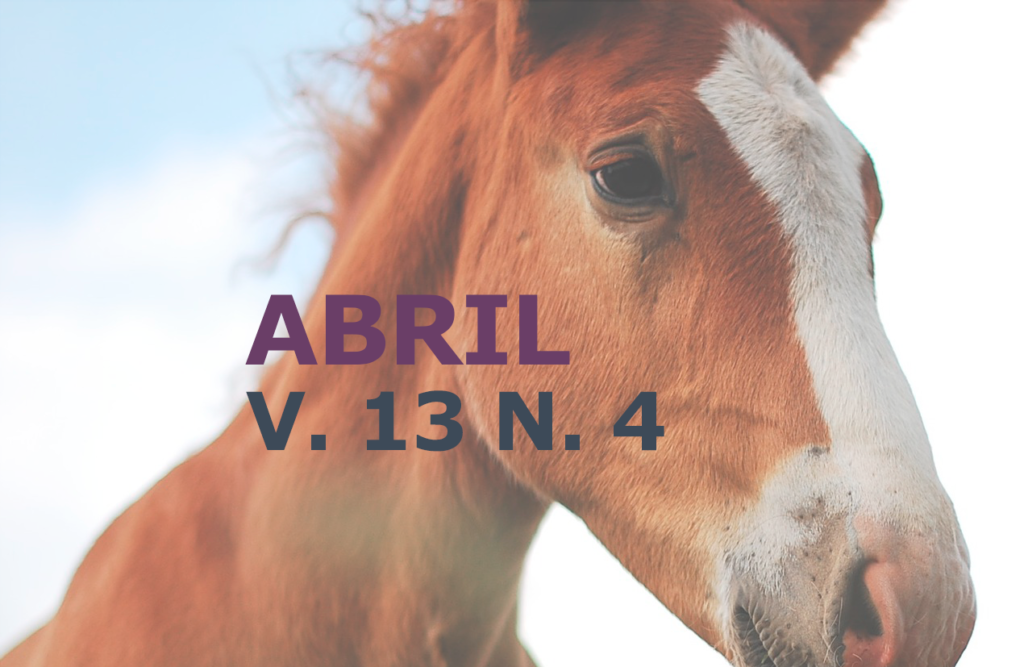Continuous flow enteral hydration in treatment of larger bowel compaction in an equine: Case report
DOI:
https://doi.org/10.31533/pubvet.v13n4a306.1-7Keywords:
horse, colic, compression, enteral hydrationAbstract
Equine colic syndrome is the main cause of horse death worldwide. It is characterized primarily by acute abdominal pain, one of its most common etiologies being compression of the colon. In November 2017, a seven year old male, castrated, brown-skinned equine was sent to the Equine Sector of the Centro de Desenvolvimento da Pacuária (CDP) of the Universidade Federal da Bahia (UFBA) with main complaint of abdominal discomfort and absence of defecation for about a day, a history of being kept in inappropriate pasture and submitted to water restriction. In the clinical care, a larger colon compaction was determined. Initially, treatment with dipyrone/scopolamine and intravenous hydration with lactated ringer solution was performed. However, after a few hours, continuous-flow enteral hydration was chosen as hydroelectrolytic therapy at a rate of 15 ml/kg/h using hypotonic solution. After six days there was remission of signs of abdominal discomfort, return of intestinal motility and defecation and alteration of the appearance of dry stools to softened stools. Intravenous hydration with lactated ringer solution, despite being the most used, presents some disadvantages as its high cost, with continuous-flow enteral hydration with polyotonic solution hypotonic efficient and much more economical in the treatment of compaction in the greater colon in equines.
Downloads
Published
Issue
Section
License
Copyright (c) 2019 Elson Nery da Silva, Marta Eloy Nunes da Cunha, Domingos Cachineiro Rodrigues Dias, Daniel Bessert de Abreu, Rachel da Silva Batista, Taiana Menezes Serra, Maria Consuêlo Caribé Ayres

This work is licensed under a Creative Commons Attribution 4.0 International License.
Você tem o direito de:
Compartilhar — copiar e redistribuir o material em qualquer suporte ou formato
Adaptar — remixar, transformar, e criar a partir do material para qualquer fim, mesmo que comercial.
O licenciante não pode revogar estes direitos desde que você respeite os termos da licença. De acordo com os termos seguintes:
Atribuição
— Você deve dar o crédito apropriado, prover um link para a licença e indicar se mudanças foram feitas. Você deve fazê-lo em qualquer circunstância razoável, mas de nenhuma maneira que sugira que o licenciante apoia você ou o seu uso. Sem restrições adicionais
— Você não pode aplicar termos jurídicos ou medidas de caráter tecnológico que restrinjam legalmente outros de fazerem algo que a licença permita.





